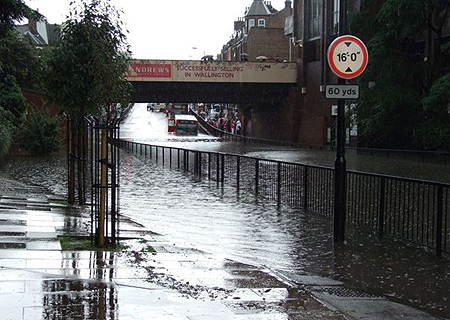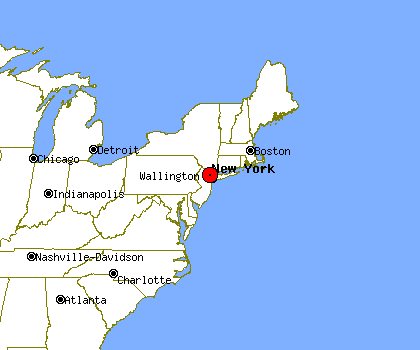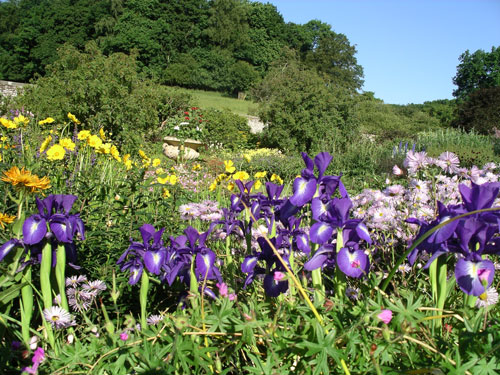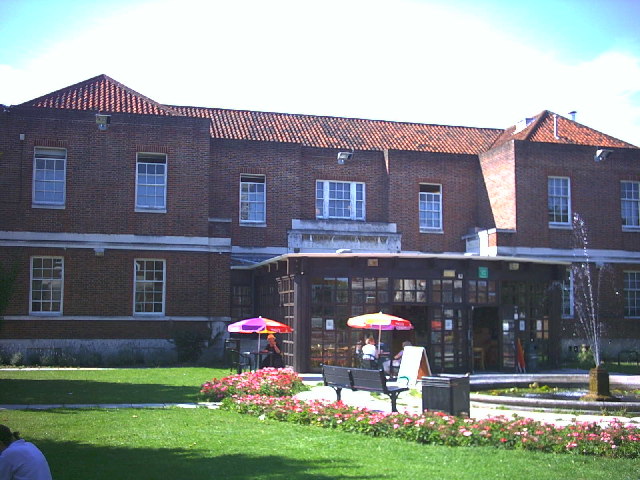Wallington is a borough in Bergen County, New Jersey, United States. As of the United States 2000 Census, the borough population was 11,583.
Wallington was created as a borough on January 2, 1895 (based on a referendum held on December 31, 1894), at the height of the Boroughitis fever then sweeping through Bergen County. The borough was formed from area taken from Bergen Township and Saddle River Township. Sections of Wallington were ceded to Garfield in 1898.[9][10]
The name "Wallington" derives from the Anglo Saxon "Waletone", meaning "village of the Britons". Wallington appears in Domesday Book of 1086 and was held by William the Conqueror. Its domesday assets were: 11 hides. It had 2 mills worth £1 10s 0d, 11 ploughs, 8 acres (32,000 m2) of meadow. It rendered £10.[1]
The historic village was situated somewhat to the north of the current town centre around what is now Wallington Bridge over the River Wandle.
What was then called "Carshalton" railway station was opened in 1847 in the open fields to the south of Wallington because the owner of Carshalton Park objected to it being built near to Carshalton village. This acted as a spur to the development of the area and in the 1860s Nathaniel Bridges created a prestigious housing estate of gothic revival villas (architect E. L. Brock) and a new church (Holy Trinity). This southward development continued towards Woodcote and by the time of the first world war the section of Woodcote Road to the south of the station had become the new high street.
The Municipal Borough of Beddington and Wallington was created in 1915 and a town hall (architect Robert Atkinson) and public library were built in Wallington town centre in the 1930s, as was the fire station in Belmont Road.
Wallington County Grammar School (for Boys) was opened on London Road, close to Beddington Park, in 1927.
Wallington was an important centre for the production of lavender oil until about the time of the first world war. This is remembered in a number of ways, for example:
* There is a large sculpture at the junction of Woodcote Road and Stafford Road representing a lavender plant.
* The Christmas lights also represent lavender plants.
* One of the local lavender farmers - John Jakson of Little Woodcote Farm - lent his name to a public house in Woodcote Road.







